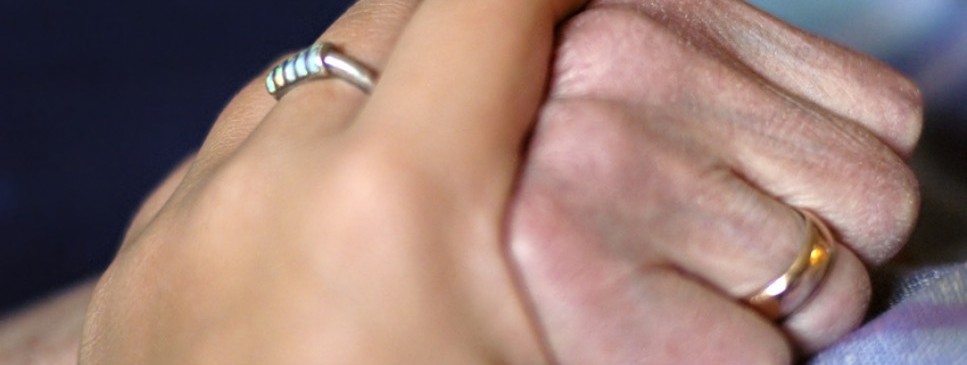
What Is Hospice Care At Home?
November 6, 2011 · Uncategorized · Comments OffBefore addressing the question “What is hospice care at home?”, it is important to have a clear definition of hospice. Dictionaries define hospice as a care program for the terminally ill. It is also important to understand that hospice refers to a program not a place of administration.
Originally hospice care began in London, circa 1967, taking place in a hospital-type setting especially catering to terminally-ill patients. During the 1970s, the concept of hospice entered into the medical realm of the United States. It was not until 1987 that Medicare entertained the idea of coverage under Part A. In the 21st century, in-home hospice care came into usage by 70% of those deemed to be facing an extremely limited life expectancy. While most hospice candidates are 65 years of age or older, 20% of hospice patients are below age 65.
Eligibility for hospice care begins once the physician of record deems all indications of life expectancy to be less than 6 months. The patient and/or the power-of-attorney holder must sign an agreement stipulating no further curative measures are desired or will be attempted, no CPR measures will be instituted, and acceptance of care-management by a hospice team.
Among the many advantages of hospice care at home are the patient will only be hospitalized for issues not directly related to the terminal condition. No restrictions are placed on visitation and care- participation by family members as normally occurs in non-home hospice settings.
Working with a hospice team is of great value to both the patient and family members. In addition to doctors, nurses and medical aides, the hospice team includes social services and spiritual-care providers. Medical team members are qualified to train and provide support to caregivers. All team members are available, 24/7, to answer questions, encourage, and provide support to both the patient and the family.
While the hospice team is both qualified and willingly-ready to provide assistance in so far as possible, some things hospice care at home teams, Medicare/Medicaid or private insurance policies do not cover are: full-time caregivers and no in-home respite care arrangements.
imagecredit: © Natalia Bratslavsky – Fotolia.com
